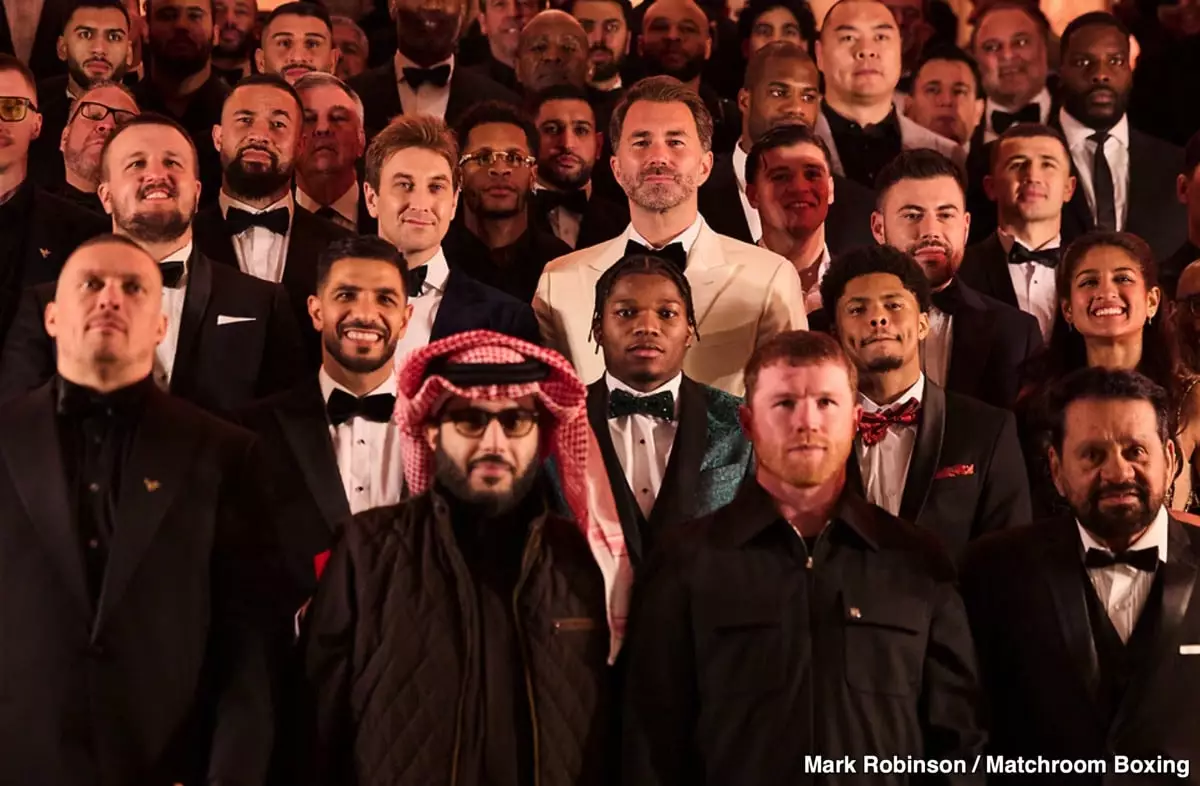In the world of boxing, the anticipated bout between Canelo Alvarez and Terence Crawford for September is officially off the table, although the reasons for this decision remain undisclosed. The fight was never formally arranged, which somewhat mitigates the disappointment for fans. However, this cancellation raises pressing questions about the motivations of Alvarez and Crawford, particularly their perspectives on the financial stakes and overall marketability of a potential matchup. As reported by The Ring, the speculation around this fight’s fallout could significantly influence both fighters’ trajectories in the sport.
Canelo Alvarez (62-2-2, 39 KOs) is reportedly eyeing a highly lucrative bout against Jake Paul, the YouTube sensation turned professional boxer, slated for May during the Cinco de Mayo weekend. The potential financial windfall from this fight, fueled by Paul’s vast social media following—approximately 28.8 million Instagram followers and 20.9 million YouTube subscribers—far outweighs any appeal of a traditional boxing match with Crawford. This choice reflects a broader trend within boxing where financial implications often overshadow athletic credentials and legacy. Indeed, from a financial viewpoint, marketing a fight against Paul promises substantial pay-per-view (PPV) buys and heightened public interest.
The negative reaction to a Canelo-Crawford matchup demonstrates fans’ increasing wariness regarding “cash grabs” in boxing. Many already viewed this fight with skepticism; they criticized it as lacking competitive integrity since Crawford would have to ascend two weight classes from 154 to 168 to face Alvarez. A victory for Canelo would have brought minimal sporting credibility, given the perceived imbalance in size and weight. Moreover, should Alvarez win, he might face backlash, being labeled as someone who cherry-picks easier opponents, a narrative exacerbated by his previous encounter with 154-pounder Jermell Charlo.
For his part, Terence Crawford’s decision to not step up to 168 pounds and fight formidable contenders like Diego Pacheco, David Morrell, or David Benavidez has left him vulnerable to criticism. These matchups would have not only solidified his claim to challenge Canelo but also elevated his standing within the boxing community. A victory against any of these fighters would have lend credence to his worthiness, reshaping public sentiment toward a potential Canelo matchup. Instead, Crawford risks being sidelined in discussions of elite fighters, as he missed a crucial opportunity to enhance his value in the eyes of both fans and promoters.
Alvarez’s decision to potentially fight Benavidez instead of Crawford illustrates a very strategic pivot within boxing’s business model. Benavidez, called the ‘Mexican Monster,’ not only brings a dynamic style but also promises a sizable audience, as evidenced by the considerable attention generated by his recent bouts. As the boxing landscape continues to evolve, it is clear that fights are not just about prestige; they are fundamentally about economic viability and fan engagement. With Alvarez’s decisions reflecting a calculated approach to maximize profits, the fight landscape will likely continue to be shaped by similar considerations moving forward.
The fallout from the cancellation of the Canelo-Crawford bout serves as a reminder of the complex interplay between market dynamics, fan expectations, and athletic integrity in today’s boxing arena.


Leave a Reply